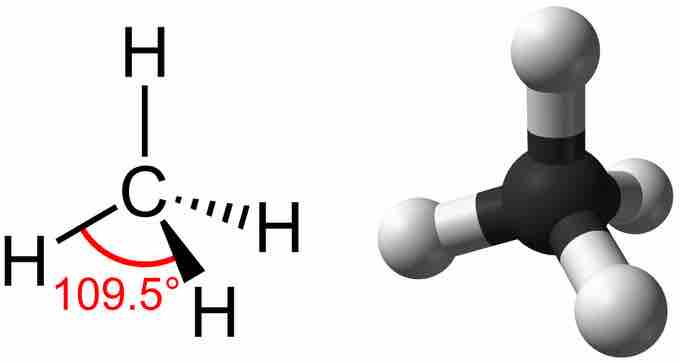Carbon is the fourth most abundant element in the universe and is the building block of life on earth. On earth, carbon circulates through the land, ocean, and atmosphere, creating what is known as the Carbon Cycle. This global carbon cycle can be divided further into two separate cycles: the geological carbon cycles takes place over millions of years, whereas the biological or physical carbon cycle takes place from days to thousands of years. In a nonliving environment, carbon can exist as carbon dioxide (CO2), carbonate rocks, coal, petroleum, natural gas, and dead organic matter. Plants and algae convert carbon dioxide to organic matter through the process of photosynthesis, the energy of light.
Carbon is present in all life
All living things contain carbon in some form, and carbon is the primary component of macromolecules, including proteins, lipids, nucleic acids, and carbohydrates. Carbon exists in many forms in this leaf, including in the cellulose to form the leaf's structure and in chlorophyll, the pigment which makes the leaf green.
Carbon is Important to Life
In its metabolism of food and respiration, an animal consumes glucose (C6H12O6), which combines with oxygen (O2) to produce carbon dioxide (CO2), water (H2O), and energy, which is given off as heat. The animal has no need for the carbon dioxide and releases it into the atmosphere. A plant, on the other hand, uses the opposite reaction of an animal through photosynthesis. It intakes carbon dioxide, water, and energy from sunlight to make its own glucose and oxygen gas. The glucose is used for chemical energy, which the plant metabolizes in a similar way to an animal. The plant then emits the remaining oxygen into the environment.
Cells are made of many complex molecules called macromolecules, which include proteins, nucleic acids (RNA and DNA), carbohydrates, and lipids. The macromolecules are a subset of organic molecules (any carbon-containing liquid, solid, or gas) that are especially important for life. The fundamental component for all of these macromolecules is carbon. The carbon atom has unique properties that allow it to form covalent bonds to as many as four different atoms, making this versatile element ideal to serve as the basic structural component, or "backbone," of the macromolecules.
Structure of Carbon
Individual carbon atoms have an incomplete outermost electron shell. With an atomic number of 6 (six electrons and six protons), the first two electrons fill the inner shell, leaving four in the second shell. Therefore, carbon atoms can form up to four covalent bonds with other atoms to satisfy the octet rule. The methane molecule provides an example: it has the chemical formula CH4. Each of its four hydrogen atoms forms a single covalent bond with the carbon atom by sharing a pair of electrons. This results in a filled outermost shell.

Structure of Methane
Methane has a tetrahedral geometry, with each of the four hydrogen atoms spaced 109.5° apart.